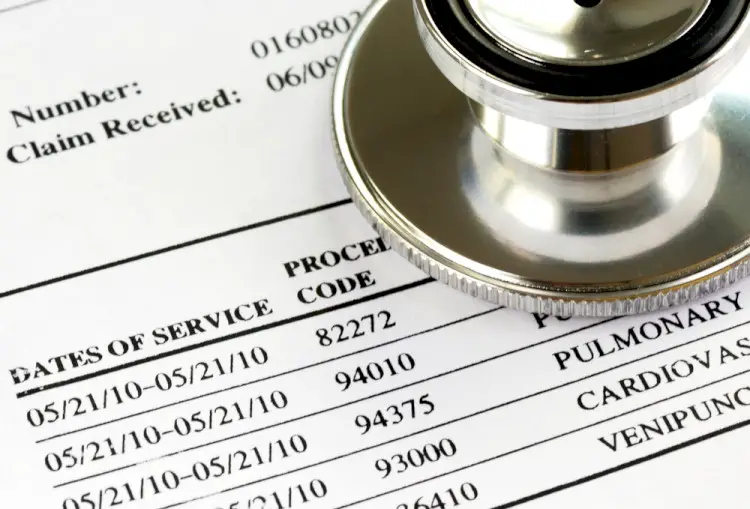When you go to see a doctor, no matter whether it’s in a private practice, a large medical clinic, or an emergency room, everything that happens in that medical practice is going to be assigned a billing code. This includes little things like listening to your heart with a stethoscope to bigger things like x-rays of your foot to large things like surgeries. Everything that happens in a medical clinic is going to be recorded and annotated with a code.
These codes are called CPT codes, which stands for Current Procedural Terminology. There are currently more than 30,000 CPT codes, and hundreds more are added to the database every year. Medical billers and medical coders are certified in knowing the right codes for the right procedures, and–in a perfect world–the CPT codes in your chart should reflect exactly what happens in the clinic.
The Payment Process for Medical Bills
When a medical bill is generated, the medical clinic will tally up all of the CPT codes and check their cost against internal charts. They will then send the bill to your health insurance, if you have insurance, or they will send the bill straight to you.
The problem is that these medical bills, when you receive a professional invoice for medical services, aren’t always a detailed description of what happened in the medical clinic or hospital. Very often, hospital bills will be a summary of charges with an amount due, but that total amount doesn’t have the line items spelled out–and there are no CPT codes.
Why Are Itemized Bills So Important?
When a medical clinic or hospital creates an itemized bill, they are presenting to you an itemized list of every single thing that happened in the clinic or hospital. They are accounting for every penny that is owed to them.
But the truth is that the payment terms for those CPT codes are often wildly different from the general consensus of what each procedure should actually cost. Medical clinics and hospitals will often inflate the costs of service or procedures.
But you’re not helpless: when an itemized bill breaks down the total into individual CPT codes, you can do your own research. And you’ll find that the Medicare price for every CPT code is listed on the internet, available with a simple Google search.
Yes, searching for every CPT code on a hospital bill that may include thirty CPT codes will be time-consuming, but it can save you literally thousands of dollars. Because when you know the Medicare payment amount for each and every code, you can take that amount to your clinic or hospital and present a new total.
Negotiating from Medicare Amounts
When you’re armed with the Medicare amounts and you go to the billing department at the hospital or clinic, you can say “you billed me $7,000 but according to my research, it should only be $2,500.”
Will the billing office push back on you? Yes. They’re trained to push back because they want to get as much money from you as possible. But you have an ace up your sleeve: one in five patients have medical bills in collections.
And billing offices know this. They know that if they don’t negotiate with you to lower your bill–even drastically lowering your bill–then they may not get paid at all.
So you can tell them, even on a large bill, “I’m going to pay $125 a month, based on my research of this itemized bill.”
